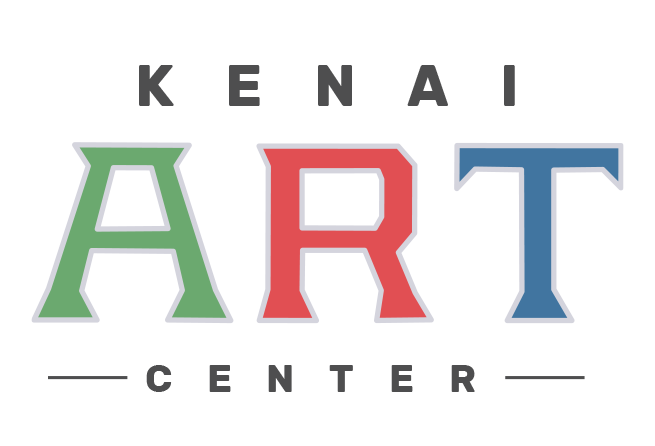May 2019
Of Stone


Opening Reception Thursday May 2nd 2019, 5-7pm
The works of UAA Art Professors, Alanna DeRocchi and Jonathan Green can be seen at the Kenai Fine Art Center Gallery starting May 2nd through, June Their show features Jonathan’s multi-disciplined approach to drawings and amazing outsized, hand built ceramic creatures by Alanna.
Jonathan S. Green
Jonathan S. Green’s research and practice is concerned with climate crisis in the era of the Anthropocene. The Anthropocene is our new geological epoch – defined by the impact and domination of humanity on the earth. While the timeline marking the precise beginnings of the Anthropocene is still under debate, it nevertheless signals humankind’s rapid and devastating ecological and cultural impact on the earth in less than a century. This is a startling juxtaposition to prior geological epochs – which demonstrate comparable amounts of changes over several millionsof years.
A collaboration between mineral and stone informs the body of work exhibited here. For instance, Green uses printmaking to render materials in a way that attempts to enable its inhuman agency. In the act of etching copper [a mineral of the earth], and the drawing-based lithographic process [which employs a natural limestone matrix], the artist participates in what Jeffery Jerome Cohen has termed “an ecology of human-lithic enmeshment” (Stone: An Ecology of the Inhuman, 2015). Meaning, a relationship in which rock and human a/effect each other. This implies a boundary between animate life and inanimate life that is more permeable than we currently imagine.
By working with stone, and of stone, Green is collaborating with a cold but (perhaps) sympathetic companion. One that has seen catastrophe before. More than simply inert resources to extract, copper and stone may help guide us through changing notions of time and place. Helping us conceive of blueprints beyond our limited frames of reference in the face of calamity.
The imagery in these prints appears ambiguous in scale, time, and purpose. Stones, wooden supports, rocks, and scaffolding. The construction elements provide a glimpse of human interaction in the natural world. But they are left fragile, temporal. These can be understood as the architecture of ‘shoring’ – supporting – but to what purpose? Are these abutments meant to support and preserve? Are they fool-hardy attempts to contain and conquer the enduring, distant mountainscapes (Matthew R. Hills, Alberta Printmakers Gallery, 2019).
Alanna DeRocchi
My curiosity surrounding strange, elusive animals comes from a sense of wonder, empathy, and sincere longing for an encounter with these creatures in the natural world. Museum wildlife displays and taxidermy dioramas act as artificial experiences that create narratives through the viewer’s observation and speculation. This re-creation of once sentient beings into inanimate objects produces an unsettling encounter of stillness and disconnect. Through their transformation, the animal remains physical and their story oddly lives on, saving them from the tragedy of being forgotten. While such practice carries morbid implications, it also has the ability to fascinate and inspire awe. I find interpreting animals as objects can evoke expansive and expressive stories with the openness to make connections to our own behaviors and beliefs. As an act of preservation, each animal I create as an object can represent a memory, a significant experience or relationship that is no longer tangible in everyday life.
